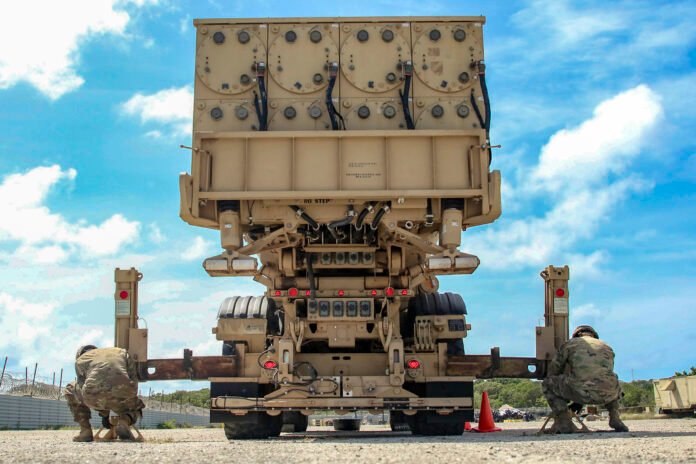Layered missile defense systems have once again proven their worth in a high-stakes real-world scenario. Recently, Iranian forces launched a coordinated attack on Al Udeid Air Base in Qatar, a crucial U.S. military hub. Thanks to advanced layered missile defense technology, the assault was successfully neutralized with no casualties.
Furthermore, the attack involved multiple ballistic missiles and drones. Despite limited warning, American forces swiftly responded. Radar systems detected incoming threats immediately. Interceptor missiles engaged targets at high altitude. The layered missile defense structure ensured complete protection.
Therefore, this success was no accident. Instead, it resulted from decades of refinement. Systems like Patriot PAC-3 and AN/TPY-2 radar played pivotal roles. These technologies have been battle-tested in conflicts worldwide. Their reliability under pressure remains unmatched.
Moreover, Iran’s failed strike carries broader consequences. First, it reinforces U.S. deterrence in the Middle East. Second, it reassures allies of American defensive strength. Finally, it sends a clear message to adversaries.
Meanwhile, President Trump’s “Golden Dome” initiative aligns with this strategy. His administration has prioritized missile defense investments. By cutting bureaucratic delays, critical systems deploy faster. However, the Al Udeid defense proves this approach works. Emerging defense technologies show promise. However, untested systems cannot replace reliable solutions. When lives are at stake, only proven defenses will do. The recent interception highlights this reality.
In addition, global threats continue evolving. China expands its missile arsenal. North Korea conducts frequent tests. Iran remains aggressive. Without layered missile defense, U.S. security would be at risk. The Al Udeid incident underscores an urgent need. America must continue investing in battle-proven systems. Delays in deployment could prove disastrous. The next attack may come without warning.
Fortunately, the U.S. has the tools to succeed. By supporting defense leaders like RTX and Lockheed Martin, security remains strong. The layered missile defense framework must expand further. Only then can America stay ahead of growing threats.
In conclusion, the recent interception was a victory. Yet, the work is far from over. Strengthening missile defenses ensures long-term safety. With continued investment, the U.S. can maintain its protective shield. The world saw it in action—now, it’s time to build on that success.
For more political updates, visit DC Brief.


